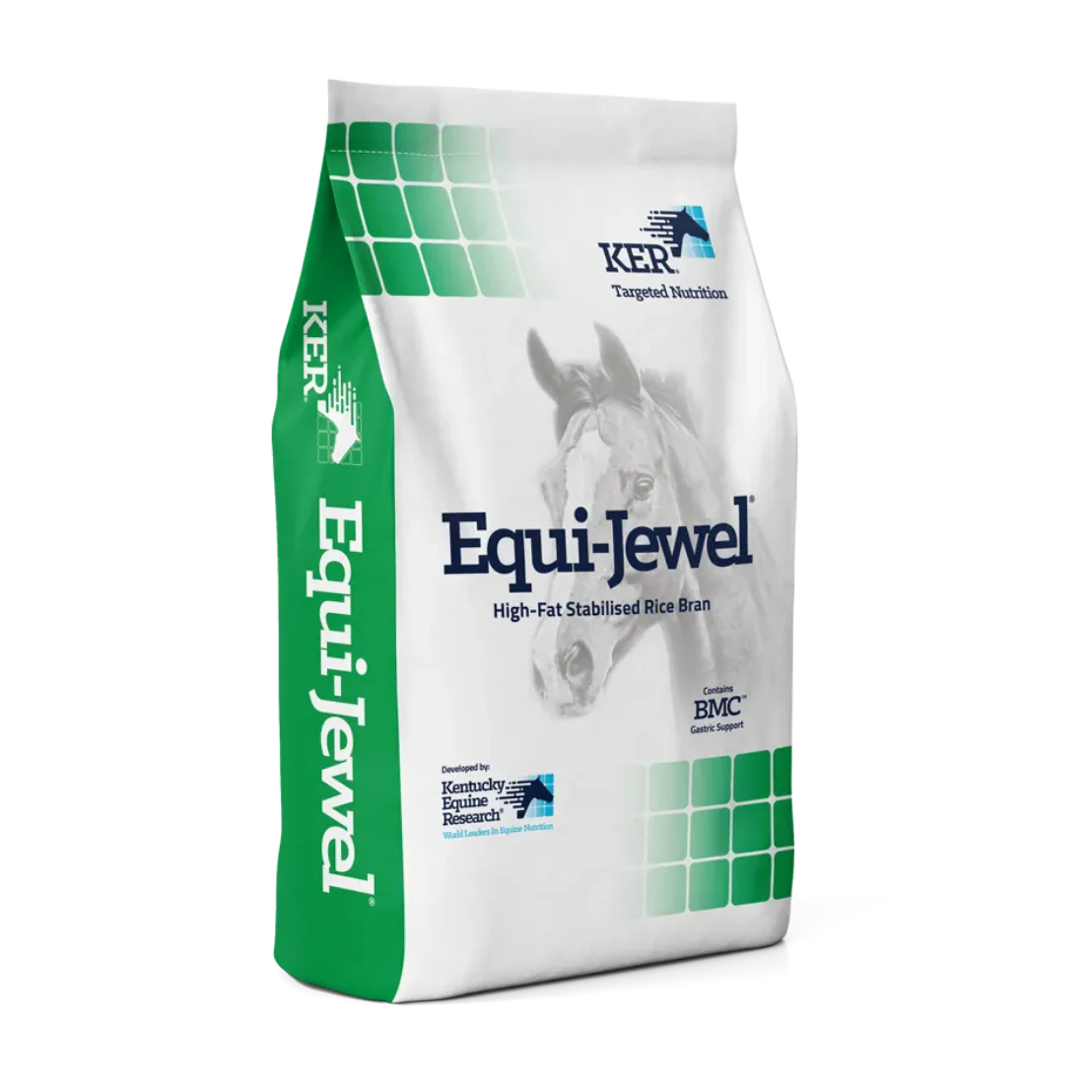Early-Life Management Shapes Racing Success

Early-Life Management Shapes Racing Success
When breeders select young Thoroughbreds for racing, pedigree and conformation top the list of selection criteria, but management choices may matter just as much.
Developmental plasticity is the ability of horses to adapt their growth and physiology in response to early-life cues and conditions, with effects that may be beneficial or detrimental. Beneficially, foals exposed to moderate exercise beyond simple turnout develop stronger bones and soft tissues. Detrimentally, obesity in mares from overfeeding has been linked to disrupted glucose metabolism and a higher risk of osteochondrosis dissecans lesions in their foals.
Researchers recently investigated how gestation and early-life exposures in Thoroughbreds relate to racing outcomes, including likelihood of racing, total starts, and total prize money by the end of the three-year-old season.*
The researchers collaborated with six breeding farms in the United Kingdom to collect daily management records for 129 Thoroughbred foals. The records detailed turnout location and duration, injuries, and illnesses from birth until the foals left the farm for race training at approximately 18–20 months of age. Farm managers also provided reproductive and gestational health records for the foals’ dams. Additionally, researchers accessed industry databases for performance records and earnings.
Of the 129 foals followed, 76% (98) raced, making a median of seven starts and earning a median of £6898 ($9,300 U.S. dollars). Foals with more daily turnout time and larger turnout areas in the first six months were more likely to race and earn more prize money. Furthermore, increased age at weaning was associated with greater odds of racing and more starts.
The researchers concluded that “more extensive early-life turnout practices and later weaning enhanced later-life race performance outcomes. This could be due to increased opportunity for positive musculoskeletal tissue adaptation and optimal growth and development rates during a critical window of developmental plasticity.”
Tracking Growth with Proprietary Software
These findings align with what Kentucky Equine Research has long observed in its global growth database. For more than 25 years, the company has collected body weight and height data from over 65,000 Thoroughbred foals worldwide, creating detailed reference growth curves.
Through Gro-Trac, Kentucky Equine Research’s proprietary growth-tracking software, breeders can compare an individual horse’s progress against peer groups raised under similar conditions. This percentile-based approach offers more actionable insights than a generic “Thoroughbred average,” giving breeders the data they need to fine-tune nutrition and management.
Nutrition as the Foundation
Proper nutrition of young Thoroughbreds provides the underpinning for future soundness and longevity.
“Without question, pairing good-quality forage with the right concentrates builds a strong skeletal foundation,” said Catherine Whitehouse, M.S., nutrition advisor at KER. “Fortified feeds ensure protein, vitamin, and mineral needs are met. Along with free-choice exercise, these are the cornerstones of sound growth.”
“Using fortified concentrates specifically formulated for young, growing horses ensures that protein, vitamin, and mineral requirements are satisfied,” she continued. “Balanced nutrition and free-choice exercise are two key components to sound growth.”
Of course, young Thoroughbreds are often rambunctious and occasionally sidelined by illness or injury. Extended stall rest can disrupt skeletal development and interfere with optimal digestion.
“While it’s important to protect these young athletes, there’s no need to mollycoddle them by keeping them in stalls longer than necessary,” Whitehouse noted. “When in doubt about turnout, consult a veterinarian.”
When confinement is unavoidable, targeted supplementation can help. Triacton supports young horses in three research-proven ways: increasing bone density, buffering stomach acid to reduce ulcers, and stabilizing hindgut pH to prevent acidosis.
“Triacton provides skeletal and gastrointestinal support to help young horses handle the stress of confinement,” Whitehouse explained.
Together, smart management, careful monitoring, and targeted nutrition shape the Thoroughbred athletes of tomorrow.
*Mouncey, R., A.M. de Mestre, J.C. Arango-Sabogal, and K.L. Verheyen. 2025. Born to run? Associations between gestational and early-life exposures and later-life performance outcomes in Thoroughbreds. Equine Veterinary Journal:70084.




